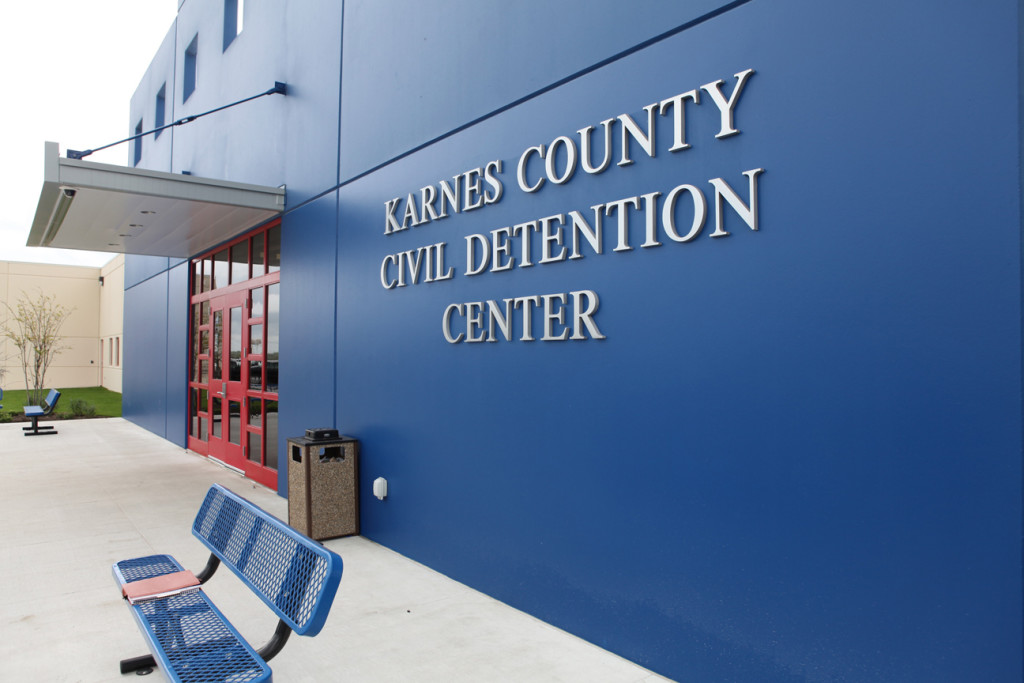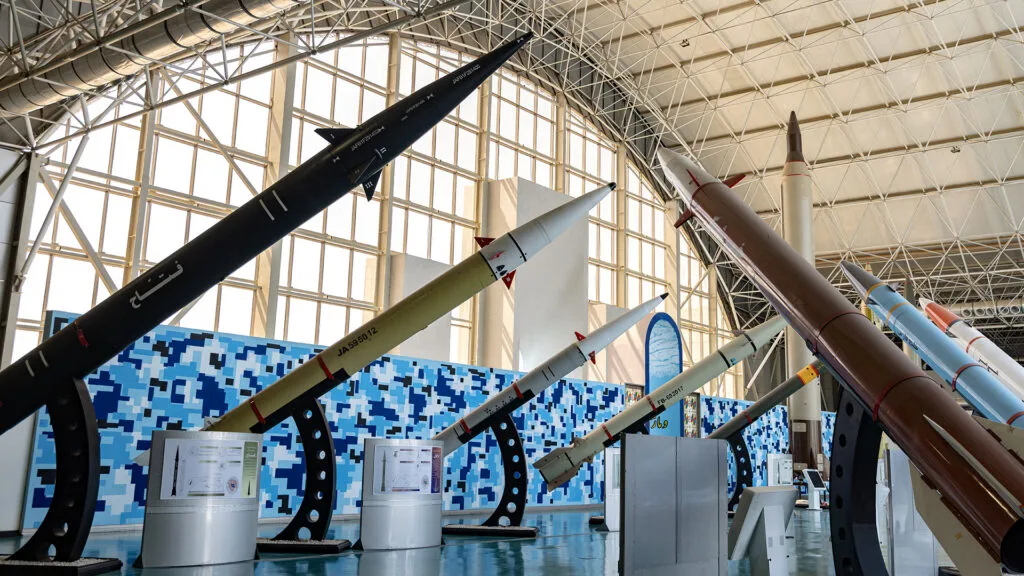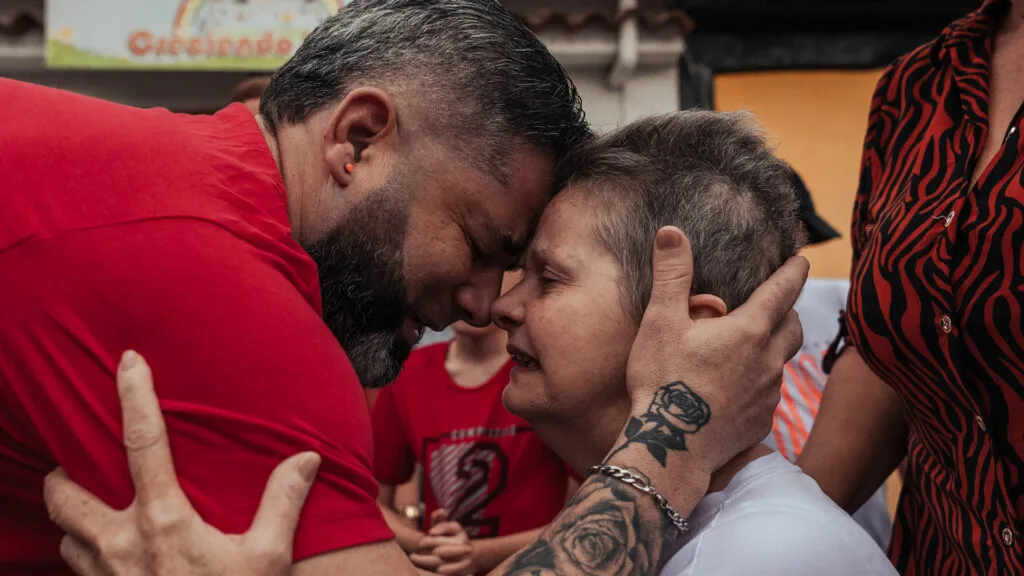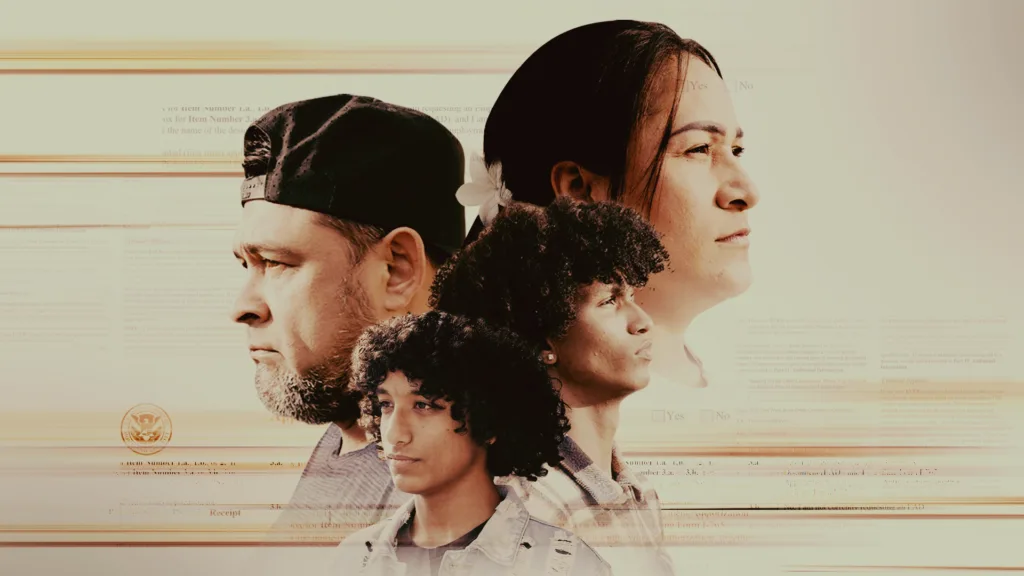New Immigration Detention Center Aims for a Less Prison-Like Feel

March 14, 2012
Share
As part of their promise to overhaul the nation’s vast network of immigration detention centers, Immigration and Customs Enforcement [ICE] recently showed off a brand new 29-acre facility in Texas that boasts basketball courts and a library. Karnes County Civil Detention Center, which will open its doors to up to 608 men in a few weeks, is designed to represent the fact that those housed there — illegal immigrants waiting for a deportation hearing — have violated civil laws, not criminal ones.
The guards at Karnes will be known as “resident advisers” and will wear polo shirts and khakis. Families of detainees will also be able to visit the facility daily, and detainees will be able to move about without restrictions.
“It was never our authority or our responsibility to punish people or correct their behavior,” Gary Mead, who is in charge of enforcement and removal operations for ICE, told NPR. “Our authority is only to facilitate removal. So we have to treat them very differently than how the state prison system or county jail system would treat people in their custody.”
It’s a departure from the type of facility we profiled in our 2011 film Lost in Detention — large, prison-like complexes patrolled by uniformed guards. As we showed in the film, Willacy Detention Center in Raymondville, Texas, was plagued by reports of abuse. [Willacy is now run by the Bureau of Prisons, not ICE, and is used to house repeat border offenders].
Over the past few years, the number of immigrant detainees has remained steady, with an average daily population of around 30,000, though the number of centers has decreased by about 100. The Obama administration plans to build additional facilities similar to Karnes in South Carolina and Chicago, as well as update an existing complex in New Jersey.
While these changes indicate that ICE is rethinking how it detains people, critics say that the centers don’t actually get to the root of the immigration issue in the U.S., they’re just a slightly nicer location from which the administration continues to deport 400,000 people a year.
“It’s a prison,” Lisa Graybill, legal director of the ACLU in Texas, told NPR. “It’s a clean, nice-looking prison. It really begs the question of why did they spend so much money constructing a facility like this when we know that there are alternatives and less expensive ones?”
Dig Deeper: What are immigration detainees’ legal rights? Read our Q&A with Mark Fleming, the national litigation coordinator for the National Immigration Justice Center.
Related Documentaries
Latest Documentaries
Related Stories
Related Stories
Explore
Policies
Teacher Center
Funding for FRONTLINE is provided through the support of PBS viewers and by the Corporation for Public Broadcasting, with major support from Ford Foundation. Additional funding is provided the Abrams Foundation, Park Foundation, John D. and Catherine T. MacArthur Foundation, Heising-Simons Foundation, and the FRONTLINE Trust, with major support from Jon and Jo Ann Hagler on behalf of the Jon L. Hagler Foundation, and additional support from Koo and Patricia Yuen. FRONTLINE is a registered trademark of WGBH Educational Foundation. Web Site Copyright ©1995-2025 WGBH Educational Foundation. PBS is a 501(c)(3) not-for-profit organization.





















